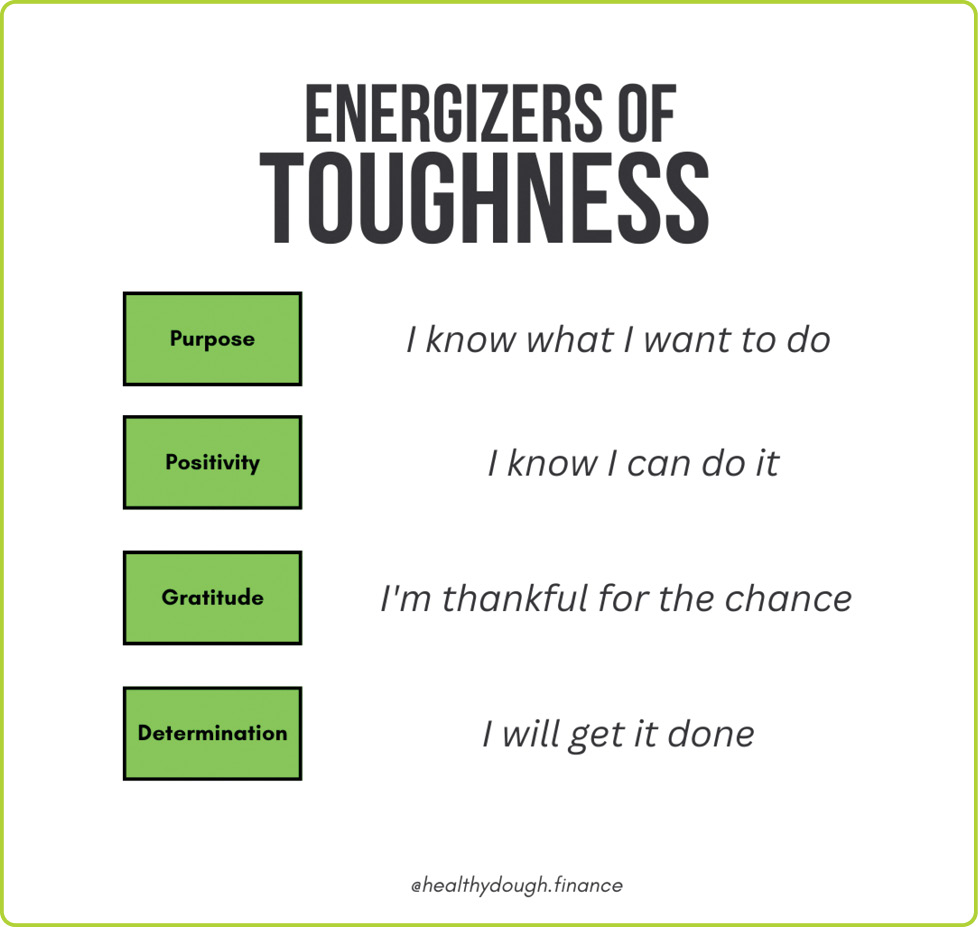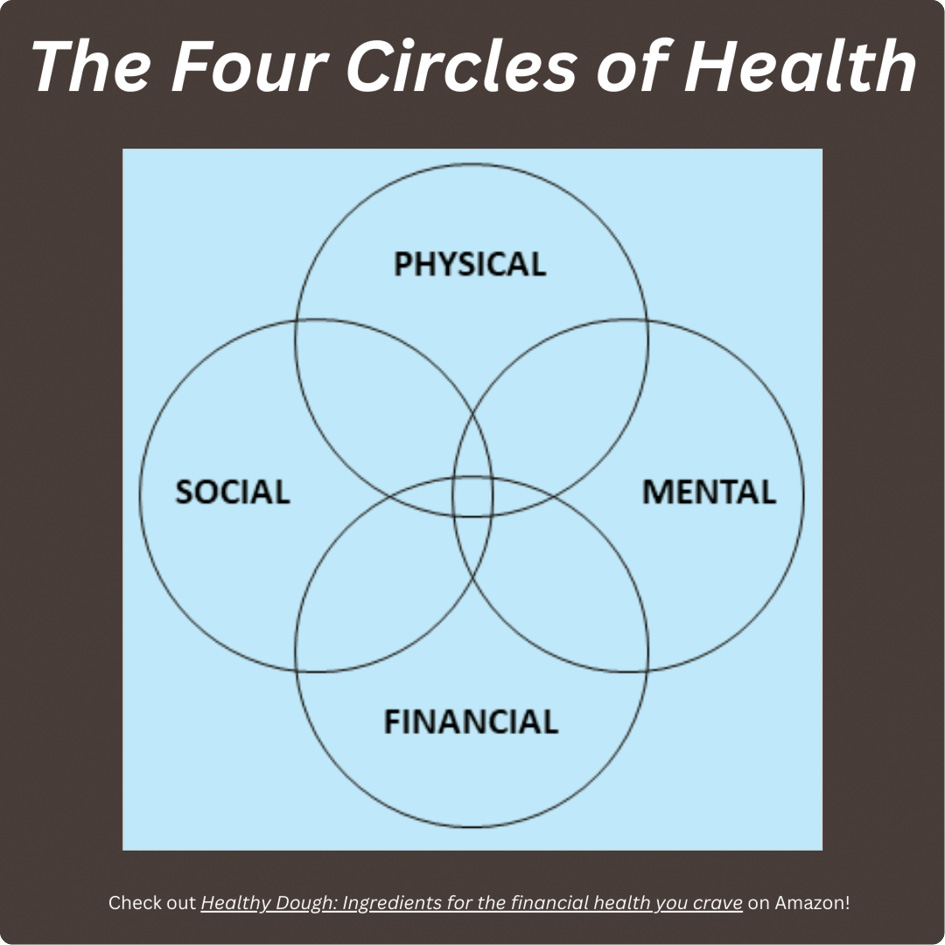osing talent sucks. Unless you’re the general manager of a big-market baseball team, you can’t just pay someone 10 times what they made last year to keep them around. On top of that, employees have mobile 401(k)s, and at times can demonstrate patience and gratitude akin to a teething puppy. This all makes it extra challenging (but not impossible) to retain employees without breaking the bank. As an accountant, I feel obligated to also warn that losing and replacing employees is very expensive. The good news is, I’ve seen plenty of non-monetary ways to support teams and avoid costly turnover.
I put turnover into two categories: “good” and “bad.” Good turnover is when an employee leaves a good situation for something that they think is an even better opportunity. Bad turnover is when an employee leaves what they feel is a bad situation. Losing talent for good reasons is hard, but I’ll never fight it since I care about my teammates. However, I never want to lose a talented employee for bad reasons.

osing talent sucks. Unless you’re the general manager of a big-market baseball team, you can’t just pay someone 10 times what they made last year to keep them around. On top of that, employees have mobile 401(k)s, and at times can demonstrate patience and gratitude akin to a teething puppy. This all makes it extra challenging (but not impossible) to retain employees without breaking the bank. As an accountant, I feel obligated to also warn that losing and replacing employees is very expensive. The good news is, I’ve seen plenty of non-monetary ways to support teams and avoid costly turnover.
I put turnover into two categories: “good” and “bad.” Good turnover is when an employee leaves a good situation for something that they think is an even better opportunity. Bad turnover is when an employee leaves what they feel is a bad situation. Losing talent for good reasons is hard, but I’ll never fight it since I care about my teammates. However, I never want to lose a talented employee for bad reasons.
I believe the only factors we actually control are our own efforts and behaviors, and we can use those to influence our team’s experience in a lot of ways.
Leaders don’t operate in a booth full of magic levers that allow full command of their team’s experience or circumstances, and even if we did, wouldn’t that be sort of creepy? I’ve learned that the energy I spend trying to keep my teammates happy should be applied to areas I can actually affect. What can I control? What can I influence? What do I have no control over?
I believe the only factors we actually control are our own efforts and behaviors, and we can use those to influence our team’s experience in a lot of ways. Think of these causes of bad turnover: poor leadership, feeling unvalued/undervalued, lack of training, lack of meaningful work, burnout, stress, and other negative health impacts. We are not totally powerless in these areas, so I think that’s where we should focus our energy.
The subsections that follow are summaries of things that my leaders have done for me, and that I strive to do for my teams. This has resulted in positive engagement score results, strong talent retention, and a supportive environment through some seriously challenging times.
Remember in The Office when a spiraling Jan Levinson (VP Sales) started dating her most troublesome regional manager, Michael Scott? That’s not what I mean by “lead with love.” For one thing, interoffice relationships are normalized in sitcoms because adding and replacing characters is expensive (sorry, I’m an accountant). What I actually mean by leading with love is to genuinely care about your teammates. I can’t expect my teammates to feel valued if they don’t know I care.
My parents have been K-12 educators my entire life, which has shaped my perspective on what it means to lead. They believe that the first step to helping students show up consistently, ready to learn, is to let them know that someone cares and wants them to succeed. Here are some ways I try to show my team that they’re valued and important. I frequently remind myself that if I don’t have time to do these things, I sure don’t have time to recruit or backfill their duties when they leave.
Meet them where they are:
I just recently learned to reduce the guesswork and ask my teammates what makes them feel most valued and how they prefer to be recognized (if at all). If I want to meet them where they are, it doesn’t hurt to have directions.
Encourage peer recognition:
It takes a village. I like providing platforms for our team to spotlight and appreciate each other, such as a dedicated agenda item for shout-outs during team meetings. Peer recognition can be highly impactful and rewarding to both those who give and receive it.
Have meaningful one-on-ones:
A 30-minute connect is roughly 1 percent of a 40- to 50-hour work week, and can make a world of difference in trust and engagement. I really enjoy having one-on-ones with my leaders and teammates. We typically spend at least the first five minutes catching up on non-work topics, and then use the rest of the dedicated time to discuss business. I like to use the time to share ideas, give feedback, deep-dive into tough assignments, or check in on anything else that makes sense for the session.
Invest your time in their development
Everyone deserves to be trained and coached properly. I certainly appreciate when my leaders share their time and knowledge with me, and have always found it worth the time to do the same for my direct reports, even when it’s uncomfortable or inconvenient.
Support their PFE
Passion, fulfillment, and empowerment (PFE) activities are among the most rewarding human experiences. As such, I try to give space and encouragement to my team to pursue PFE at work and diversify their experience. I’ve had teammates who wanted to create a special committee (passion), lead the company volunteer day (fulfillment), or learn a new skill (empowerment). In my experience, being able to do these things at work helps people feel connected to more than just their assignments. And if you can’t spare someone for an hour or two a week, can you really afford to lose them entirely?
Perhaps more importantly, I think we should encourage folks to get PFE outside of work, so they don’t rely solely on their career to fill their proverbial “buckets.” I find that the best place to identify and encourage these activities is in one-on-ones. People who have space for PFE show up refreshed, grateful, and more balanced. I have observed (and experienced) indirect benefits of PFE that enhance work performance, such as improved mental health and increased self-esteem.
Here are my favorite ways to prove to my employees that I’m tough enough to lead: Screaming in meetings. Having visible blood stains on my face and shirt. Verbally delivering review notes while holding my index finger in scalding coffee and making direct eye contact.
Just kidding, that’s not real toughness. I define toughness as energy available to conquer challenges. There are four energizers of toughness: Purpose, Positivity, Gratitude, and Determination. That’s the stuff that fuels endurance athletes, cancer survivors, and leaders alike.
Purpose
I work for a large nonprofit health system, and we don’t pay for roles that aren’t required. Our leadership teams try to regularly remind everyone of the purposes of our unique departments, and why our work is critical to the company’s mission. Our philosophy as an organization is that every team—from caregivers to janitorial to accounting—benefits from remembering that what they do matters. This is a totally free tool we use to increase daily energy, engagement, and fulfillment.
Positivity
I think we can model positivity by demonstrating belief in ourselves, our teams, and our ability to achieve our purpose. No one ever finished a marathon by deciding it was impossible.
Gratitude
Grateful workers are energized to do their jobs well. In my team’s department huddles and one-on-ones, we often start by sharing a “good thing” or something else we’re grateful for, whether it’s work-related or personal. I also try to ask what people are enjoying about their role and/or the company, and communicate how thankful I am for the chance to work with them. And when I’m having a tough day and my positivity and gratitude are fading, I briefly step away to journal about how fortunate I am to have all the wonderful things in my life, including gainful employment and my specific job. It really helps.
Determination
I’ve found that the better I model the tenacity and follow-through required to get stuff done, the more energized my team is to do the same.
3. Support Their Four Circles of Health
Early in my career I had to strain hard to be average in my role, but it wasn’t from a lack of aptitude or desire. My work affected and was affected by my struggles to manage my mental and physical health. Once I committed to my health and fulfillment I leapt toward my full potential, including at work. Your team can do the same.
As a leader, initiating health conversations with employees can be tricky (or even illegal). I recommend simply explaining that you want their job to be a net positive in their life, you care about them as a person, and you’re there for them if they ever need to talk about their physical, mental, social, or financial health. I make sure they’re aware of all benefits available at the company—discount gym memberships, employee assistance programs, company discounts, employee helplines, etc. I try to support their stress management and set expectations for fair and mutually respectful work relationships, and step in to help if they aren’t met.
Simply put, I believe that if I give my team space to prioritize their health, they’ll have even more success at work. I also think that all of us leaders should demonstrate that health matters by giving ourselves the same benefits.
Keep the talent, keep the money
While we all wish we could pay our teams like athletes and rock stars, we often can’t materially increase their pay. So we need to use our effort and behaviors to help our employees feel valued, fulfilled, and supported. What are some other free things we could do to retain talent without breaking the bank? I’d love to hear from you. Thanks for reading, and keep up the great work.

Dan Wickens is a personal finance author and CPA based in Tacoma, WA. He currently works as an accounting manager for MultiCare Health System, where he supports accounting and financial reporting. He’s most fulfilled at work when helping others reach their goals and bringing creativity to the accounting profession. In addition to crunching numbers and writing about money, Wickens enjoys lifting heavy things, running for hours at a time, playing guitar, and wandering mountaintops and ocean waves alike. He believes that health is freedom, and you deserve to be free.
Check out his book: Healthy Dough: Ingredients for the financial health you crave.

